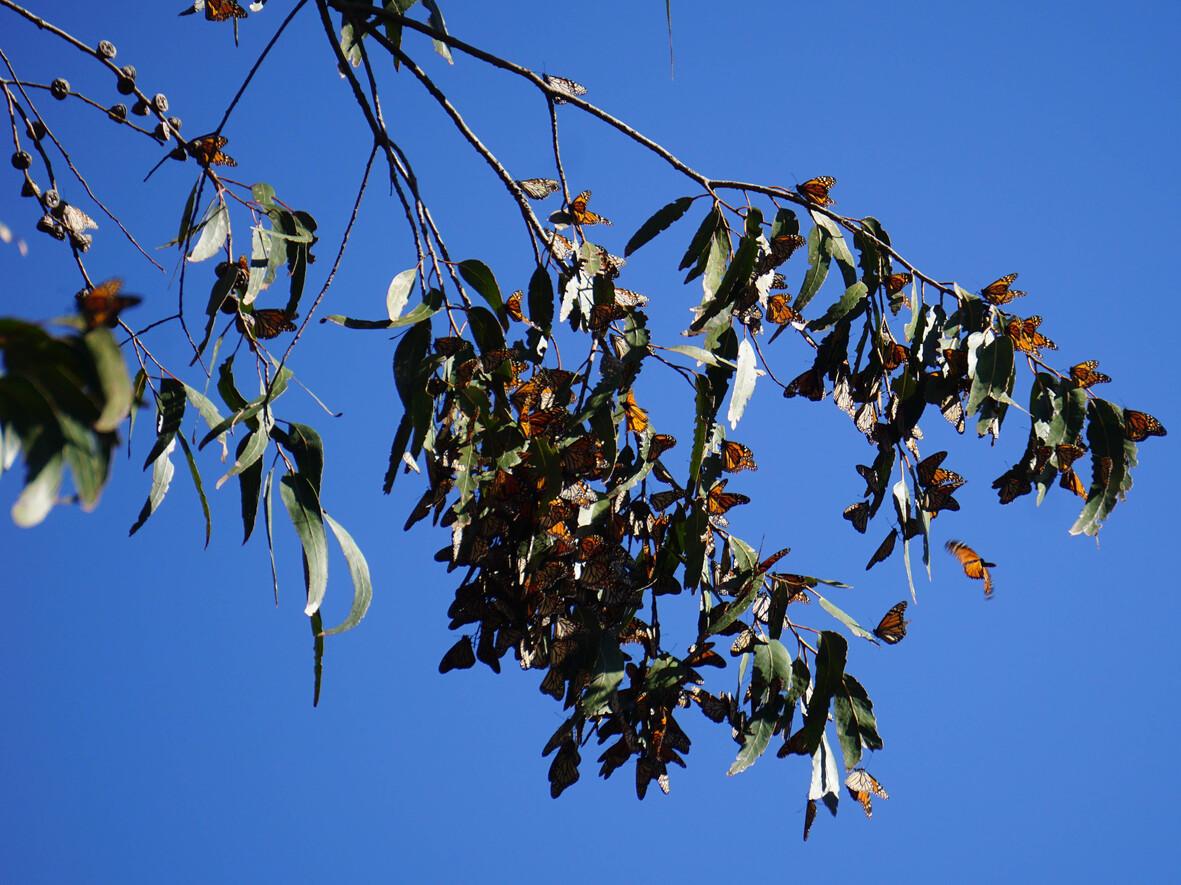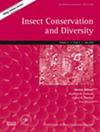帝王斑蝶的决策和密度依赖性建模:对 Meehan 和 Crossley(2023 年)的评论
IF 3.2
2区 农林科学
Q1 ENTOMOLOGY
引用次数: 0
摘要
决定将哪些过程纳入种群模型会对种群趋势和灭绝风险的估计产生重大影响。这一点对受保护物种尤为重要,因为这些物种的保护状况部分是根据这些模型决定的。Meehan 和 Crossley(2023 年)在他们最近的论文《昆虫保护与多样性》(Insect Conservation and Diversity)16, 566-573 中重新审视了越冬帝王斑蝶数量的时间序列,之前的评估将其描述为快速下降并面临灭绝风险。与此相反,作者报告说,过去 10 年中没有证据表明其数量在下降,灭绝风险很低。得出这些不同结论的一个主要原因是,米汉和克罗斯利使用了一个更复杂的模型,其中包括一个密度依赖性参数。虽然负密度依赖性可能在帝王斑种群调控中发挥作用,但如何以及是否应将密度依赖性纳入帝王斑种群模型中,还存在各种尚未解决的问题,包括众所周知的在噪声时间序列中将观测误差与密度依赖性分离的问题,以及将模型拟合到每第四代调查一次并在大陆范围内汇集的数据的分类群特定问题。这些问题使得 Meehan 和 Crossley 关于帝王斑种群生存能力的结论没有他们文章中暗示的那么可靠。他们没有提供令人信服的证据证明密度依赖性降低了帝王斑蝶灭绝的风险。我们的评论支持他们的一般结论,即种群生存能力预测取决于模型假设,但帝王斑蝶种群的调节方式仍是一个未决问题。本文章由计算机程序翻译,如有差异,请以英文原文为准。


Modelling decisions and density dependence in monarch butterflies: A comment on Meehan and Crossley (2023)
求助全文
通过发布文献求助,成功后即可免费获取论文全文。
去求助
来源期刊
CiteScore
7.70
自引率
8.60%
发文量
58
审稿时长
>12 weeks
期刊介绍:
To publish papers of the highest scientific quality within the general area of insect (and other arthropods) conservation and diversity covering topics ranging from ecological theory to practical management.
Papers are invited on the following topics: Conservation genetics; Extinction debt; Long-term conservation planning and implementation; Global implications of local or national conservation actions; Management responses of species and communities; Captive breeding programs; Comparisons of restored and natural habitats; Biogeography; Global biodiversity; Metapopulation dynamics; Climate change: impacts on distributions and range; Invasive species: impacts and control; Effects of pollution; Genetic threats to diversity by introgression; Effects of fragmentation on diversity and distribution; Impact of agricultural and forestry practices on biodiversity; Enhancing urban environments for diversity and protection; Biodiversity action plans: can we scale up from insects?; Effectiveness and choice of indicator species; Soil biodiversity and interactions with above-ground biodiversity; Ecological interactions at local levels; Ecological and evolutionary factors influencing diversity and local, regional and global scales; Sustainable livelihoods and training on the ground; Integrating science and policy.

 求助内容:
求助内容: 应助结果提醒方式:
应助结果提醒方式:


